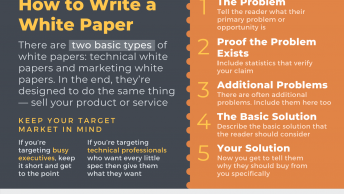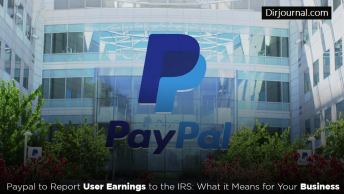Many freelancers don’t know what’s happening tomorrow from an income standpoint, much less how to plan for retirement. But despite the everyday realities of freelance life, it’s important to plan for your future today, and the best way to do that is to establish an effective retirement program. So how can freelancers setup a regular savings program when their income varies from month to month?
When I started my freelance business almost 4 years ago, my husband and I decided that I would temporarily suspend saving for retirement for exactly that reason. But now it’s four years later and I realize that 1) it’s time for me to resume saving again and 2) I wish I had never stopped, but I was afraid at the time.
Back when I had a full-time corporate job, my retirement savings was automatically deducted from my paycheck every two weeks. We never even felt it and every quarter we were thrilled to receive a broker statement showing our growing savings.
Freelancers don’t have the same benefits as people with “real jobs” such as 401k plans or deferred compensation. If you’re self-employed, it’s totally up to you to make savings as important as completing client work. But since our income is so variable, it can be risky to put x dollars away every month when you might not know you’ll need the cash to fix unexpected car trouble, pay for your kid’s braces or some other unplanned expense.
In “The Money Book For Freelancers, Part-Timers, and The Self-Employed”, authors Joseph D’Agnese and Denise Kiernan suggest that freelancers should save at least 10% of whatever comes in using an online savings account such as ING Direct or Bank of America. They advise saving even more than that if possible, spreading it out across what they call the “Holy Trinity” of an emergency fund, tax fund, and a retirement fund.
While the authors recognize that saving 10% might be a little hard at first, the most important thing is to just start with whatever amount you can put away. The idea is to get in the habit of paying yourself first. As you get used to the process, contribute more and more over time until you reach your regular savings contribution goal.
After reading the book I was inspired to give it a try, and so far it’s working pretty well. As soon as I deposit a client check I immediately deduct 10% from my online checking account to my online savings account. It’s not automated, but it works and I’m really starting to develop the healthy habit of paying myself first.
As your savings begin to accrue, you’ll want to setup a retirement investment account if you haven’t done so already. For most freelancers a SEP (Simplified Employee Pension plan) is the way to go. A SEP is very similar to a 401k, in that it allows you to shelter a percentage of your earnings each year from income taxes. It can even be a better deal than a 401k, since you can shelter up to 20% of your net income each year up to a maximum of $49,000. But be sure and consult a qualified finance professional before you invest.
It is absolutely possible for a freelancer to save for retirement. Like anything else worthwhile, it takes upfront planning and regular attention. Setup an online savings account today and watch your retirement start growing.
You may also enjoy Guide to Financial Planning and How to Budget.













